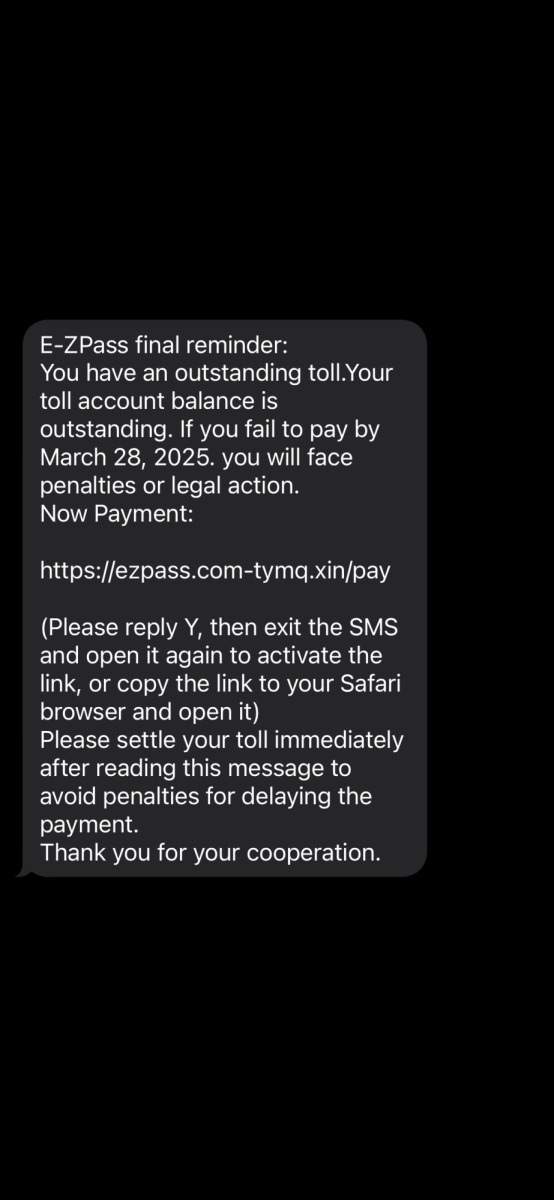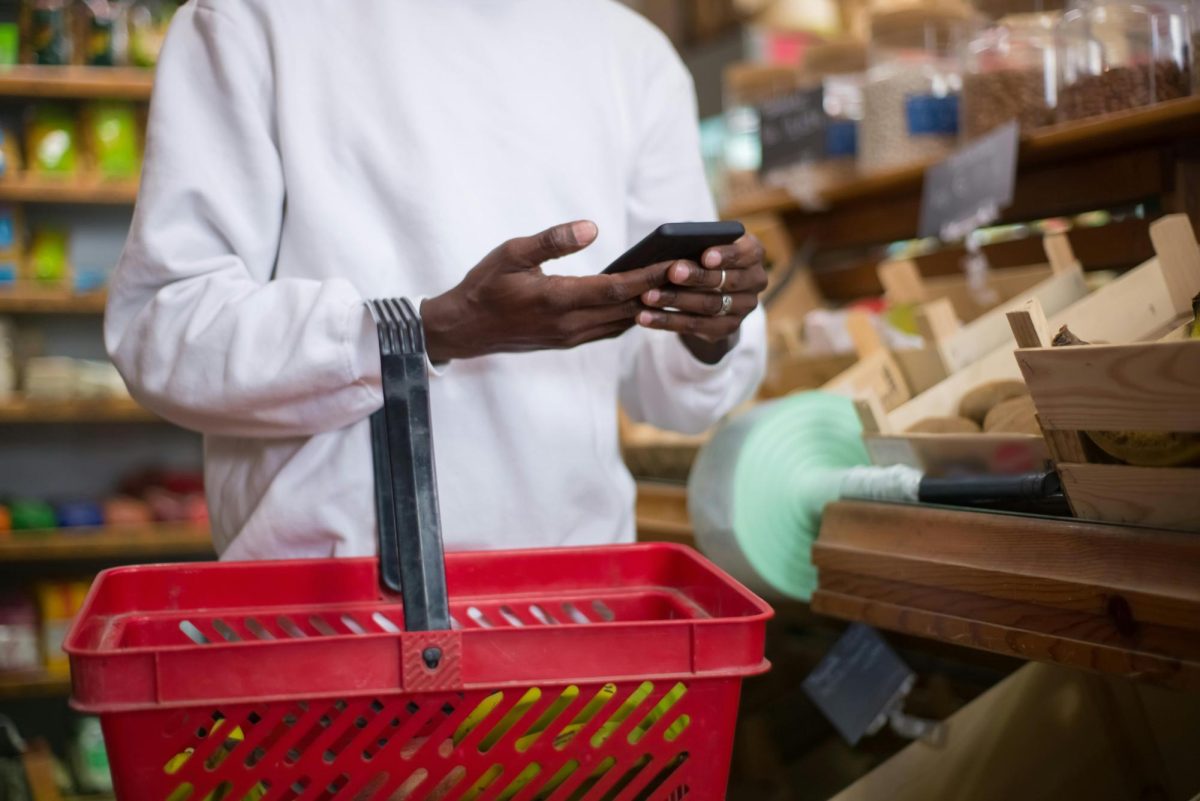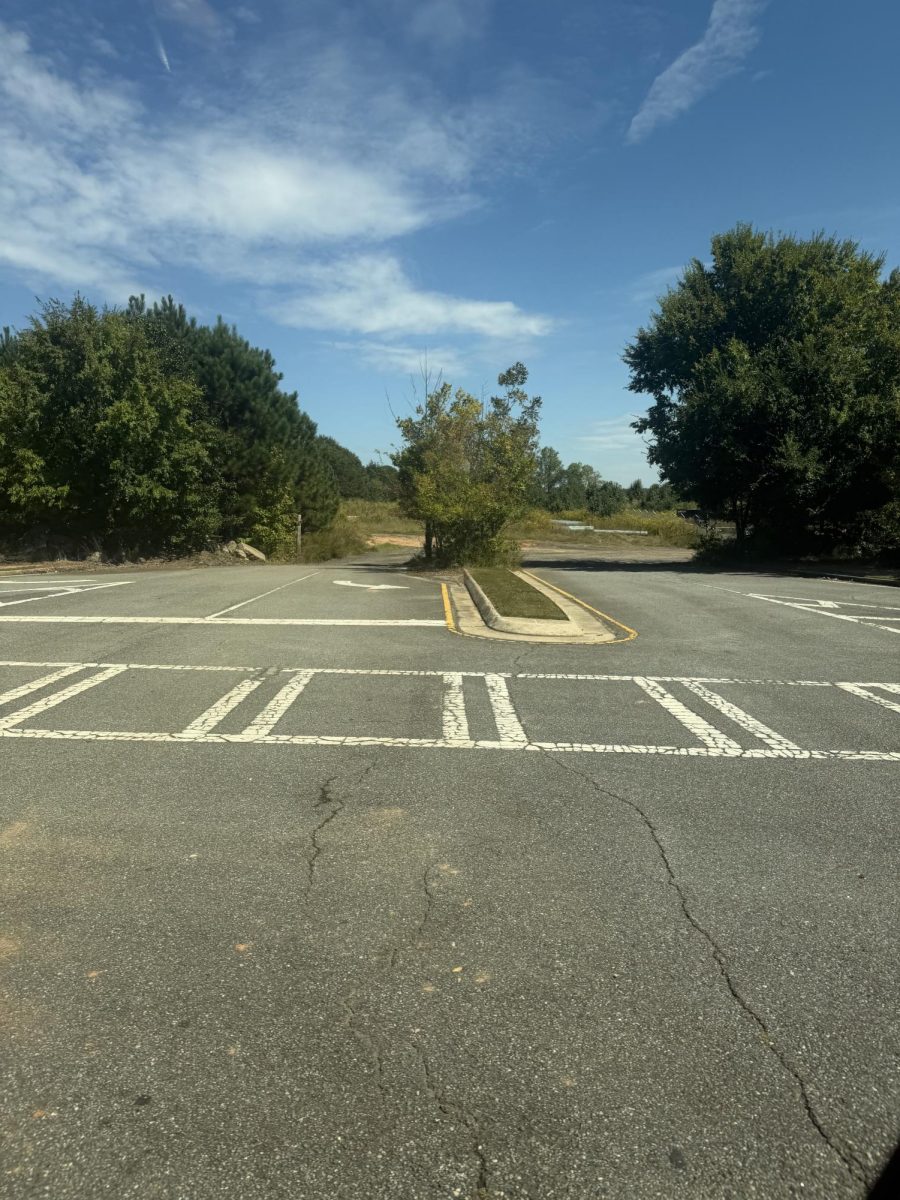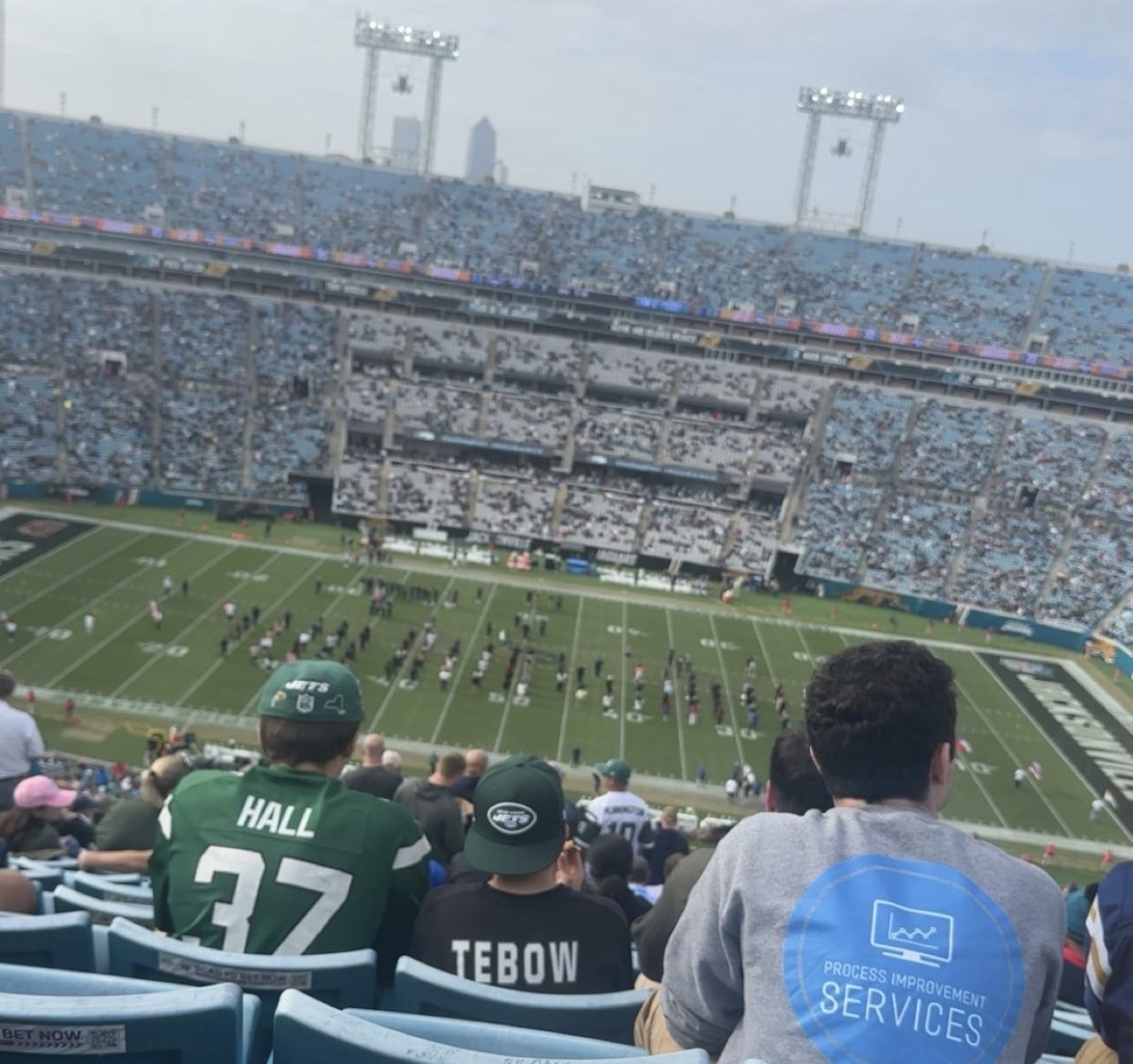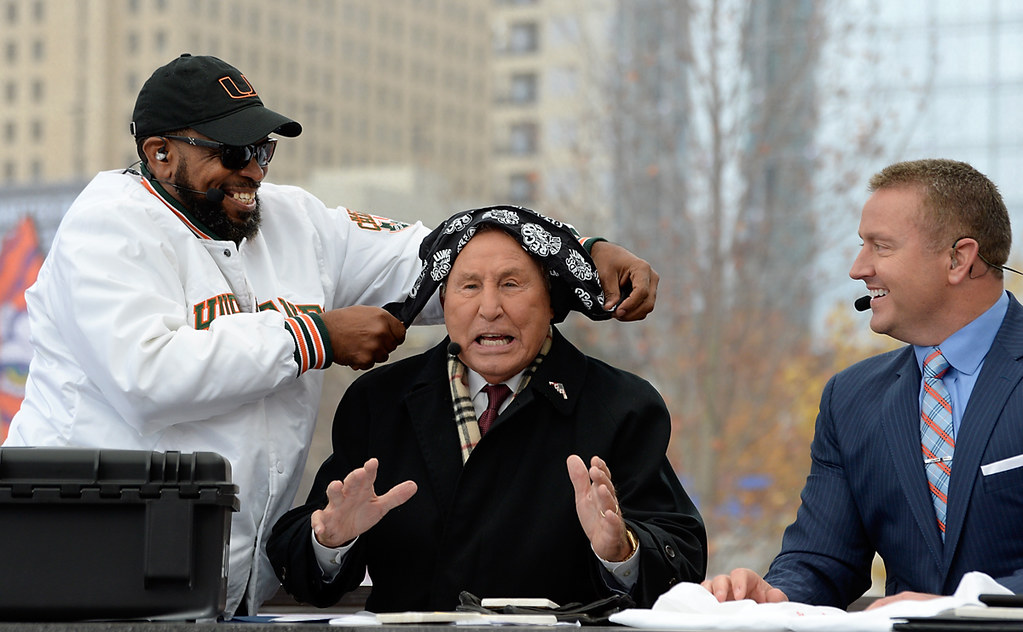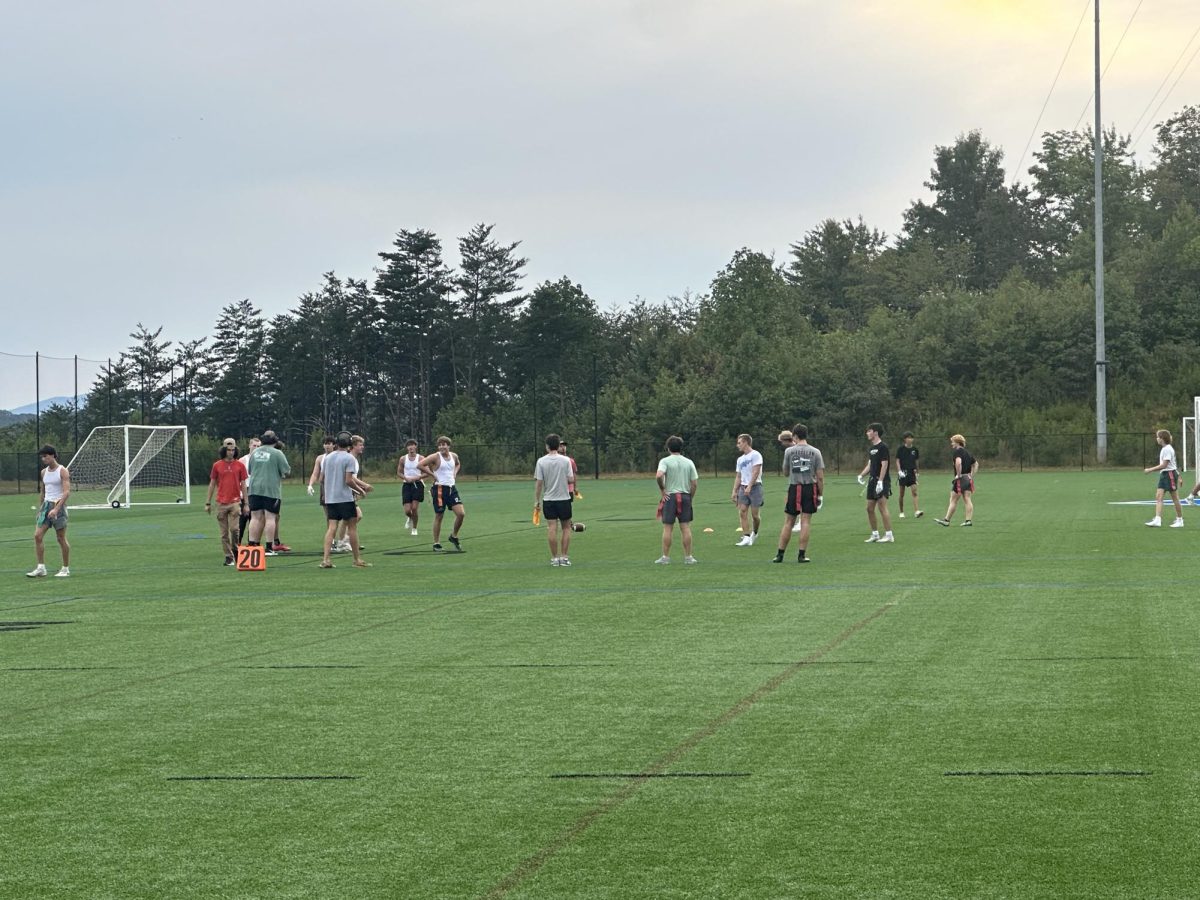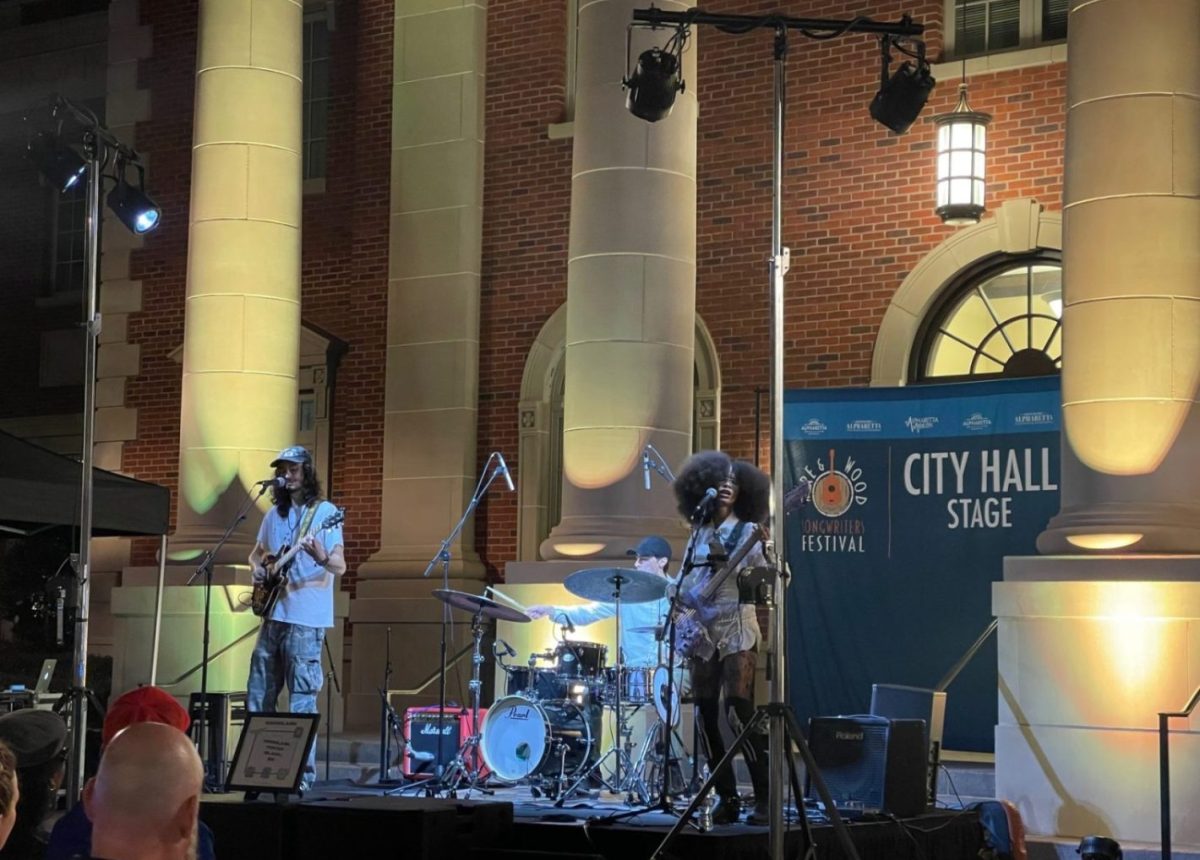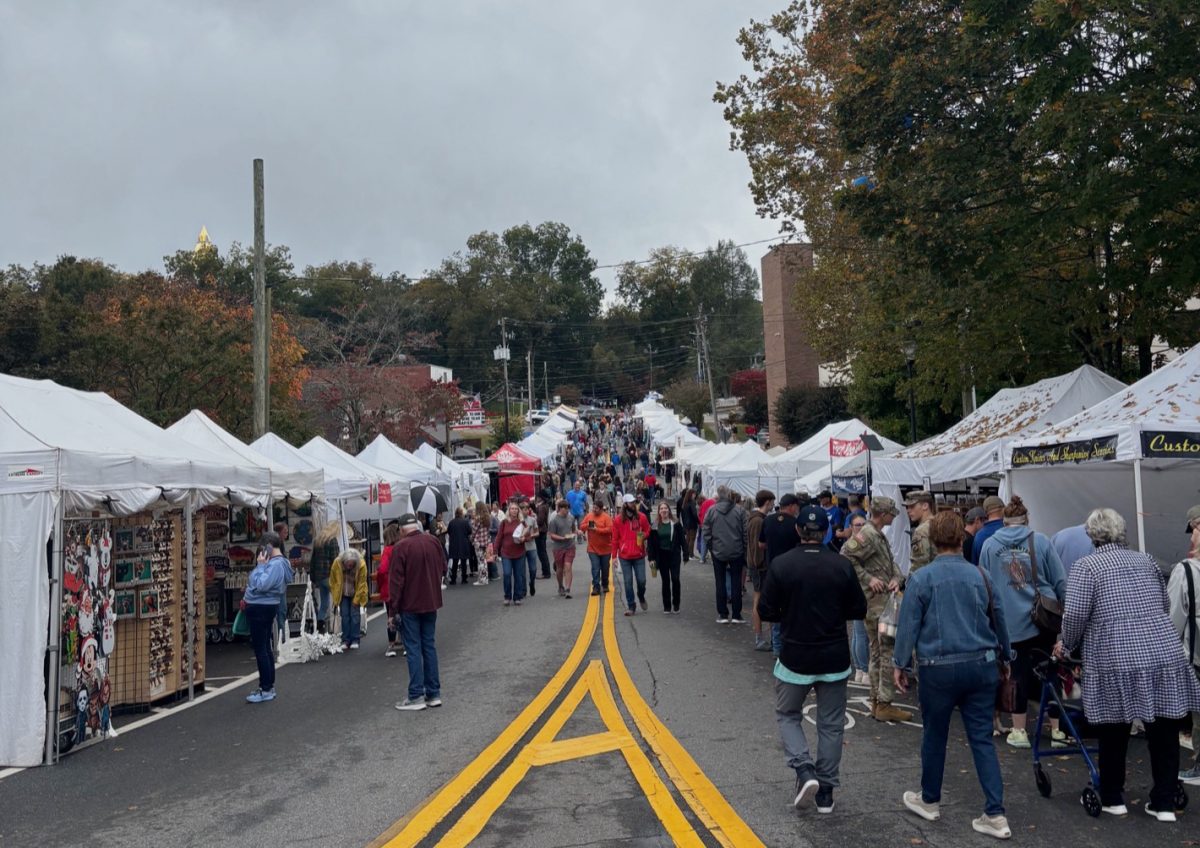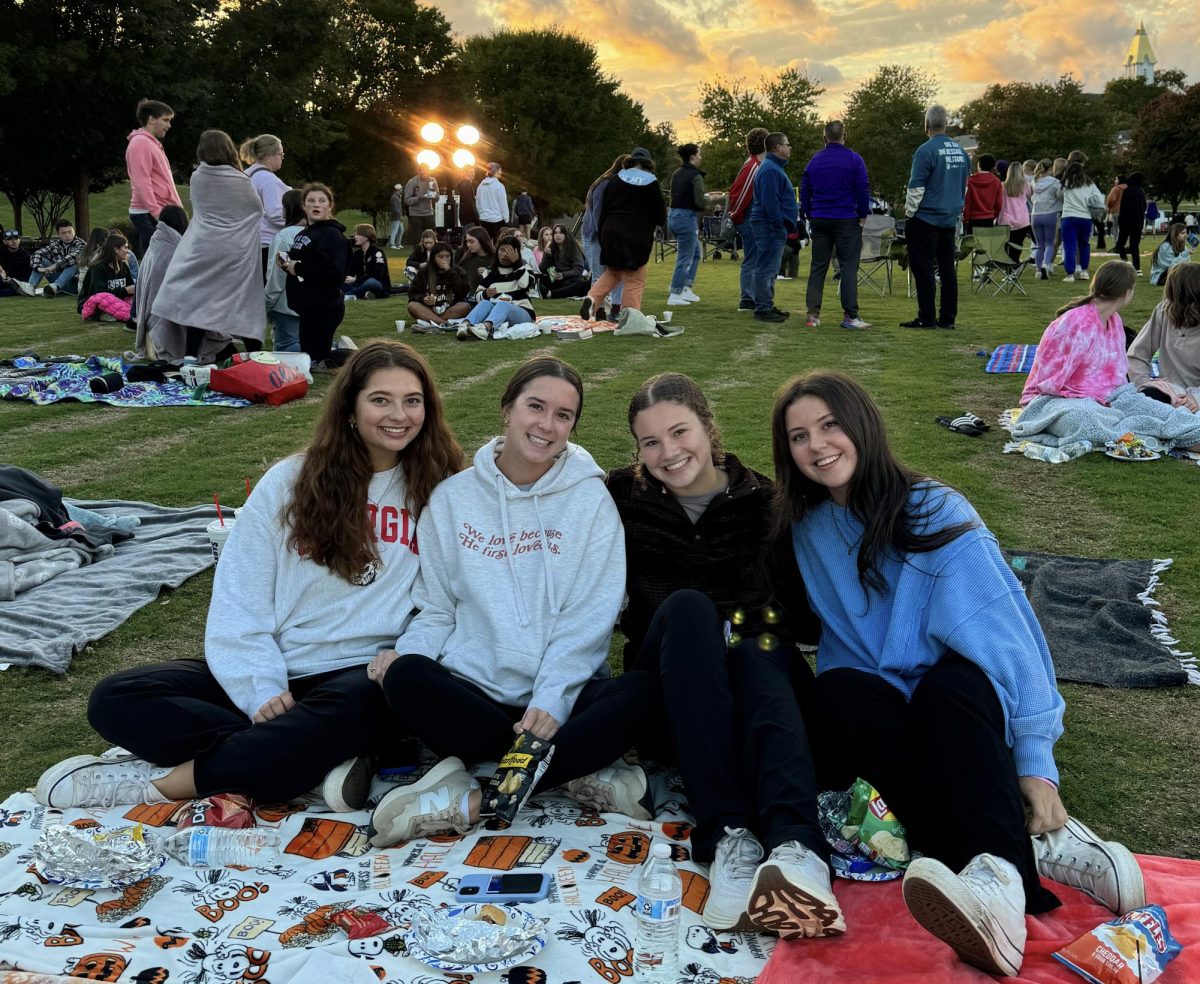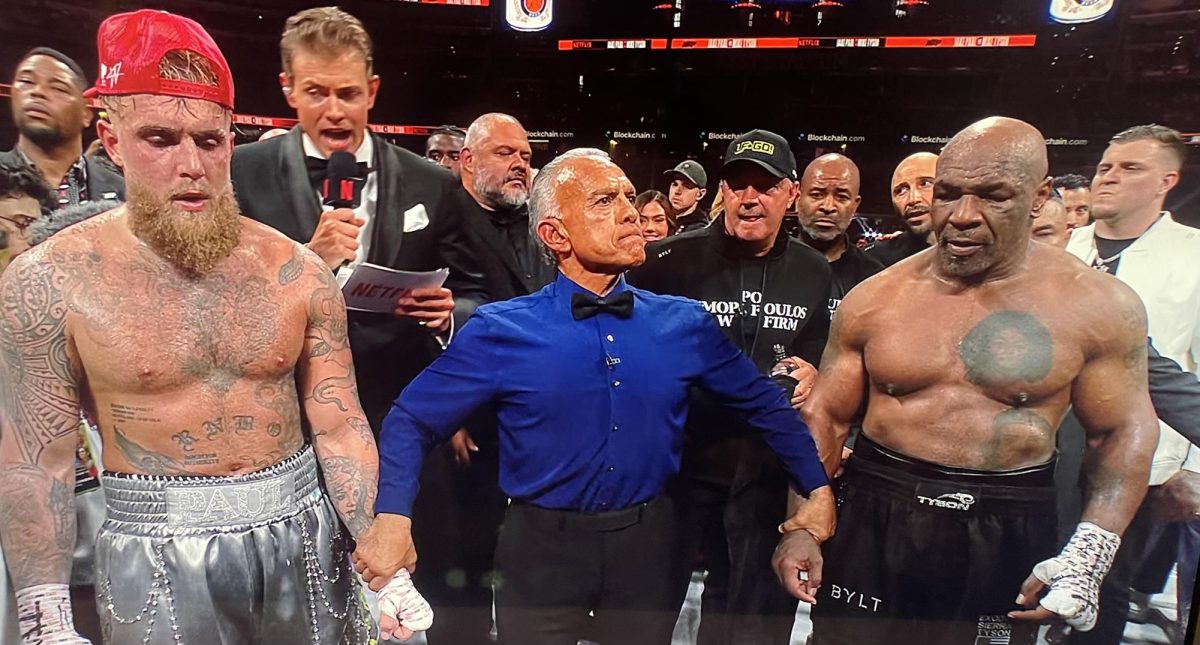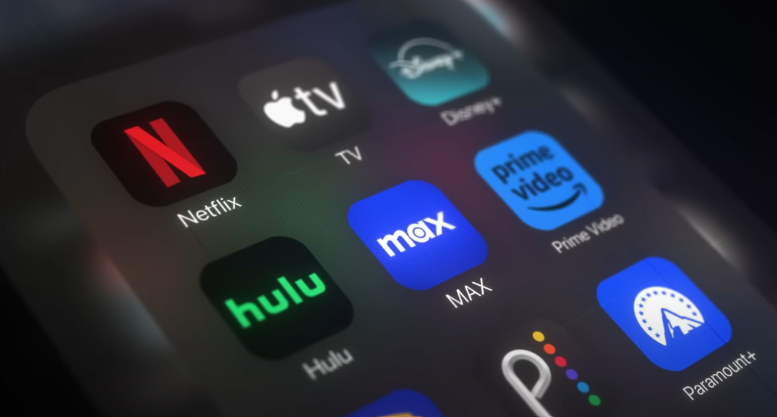Shopping centers were quieter this year, as the annual Black Friday sales seemed to already be in full effect weeks before the titular day. Numerous companies had launched their Black Friday sales nearly a whole month early, promoting “big savings all month long.”
Black Friday stands as an iconic and dynamic phenomenon, evolving from its humble beginnings to become a global shopping extravaganza. The history of Black Friday is a fascinating journey, reflecting changes in consumer behavior, retail strategies and so much more.
The term ‘Black Friday’ was initially associated with financial crises and market crashes in the 19th century. However, the modern concept recognized today emerged in the mid-20th century, primarily in the United States.
The day after Thanksgiving became an unofficial start to the Christmas shopping season, as retailers sought to capitalize on the influx of shoppers taking advantage of a day off.
During the 1970s and 1980s, Black Friday took on a new dimension with the introduction of doorbuster deals. These deeply discounted items were intended to lure customers into stores and it worked like a charm.
Retailers strategically opened their doors early, sometimes in the predawn hours, sparking the frenzied scenes that would become synonymous with the day. This era marked the beginning of Black Friday as a cultural event, with people willing to camp outside stores to snag the best deals.
As the 1990s unfolded, the internet revolutionized the retail landscape. Black Friday bargains expanded beyond in-person locations, with online retailers joining the lineup. Cyber Monday emerged as the digital counterpart to Black Friday, extending the shopping spree into the virtual world.
The shift towards online shopping allowed consumers to participate in the sales without braving the crowds, forever altering the Black Friday experience.
Moreover, Black Friday transcended its American roots, spreading globally. Countries outside the United States adopted the concept, although not always on the same day or with the same fervor. The rise of e-commerce further facilitated this globalization, allowing shoppers worldwide to access Black Friday deals.
The COVID-19 pandemic accelerated existing trends in online shopping, further transforming Black Friday. With lockdowns and social distancing measures in place, in-person shopping faced unprecedented challenges. The internet and online stores became the primary channel for Black Friday deals, pushing traditional retailers to enhance their online presence and prompting consumers to embrace digital shopping.
This completely changed Black Friday. No more trampling over one another to get that one TV on sale. Now, just surf the web, find the item and add it to cart for checkout.
From its modest beginnings as a post-Thanksgiving sales event, Black Friday has become a cultural phenomenon that transcends borders and shapes the way customers approach holiday shopping.
While the core of Black Friday remains centered on securing the best deals, the methods and mediums through which consumers engage in this annual ritual continue to evolve, ensuring that the history of Black Friday remains a dynamic and ever-unfolding narrative.



